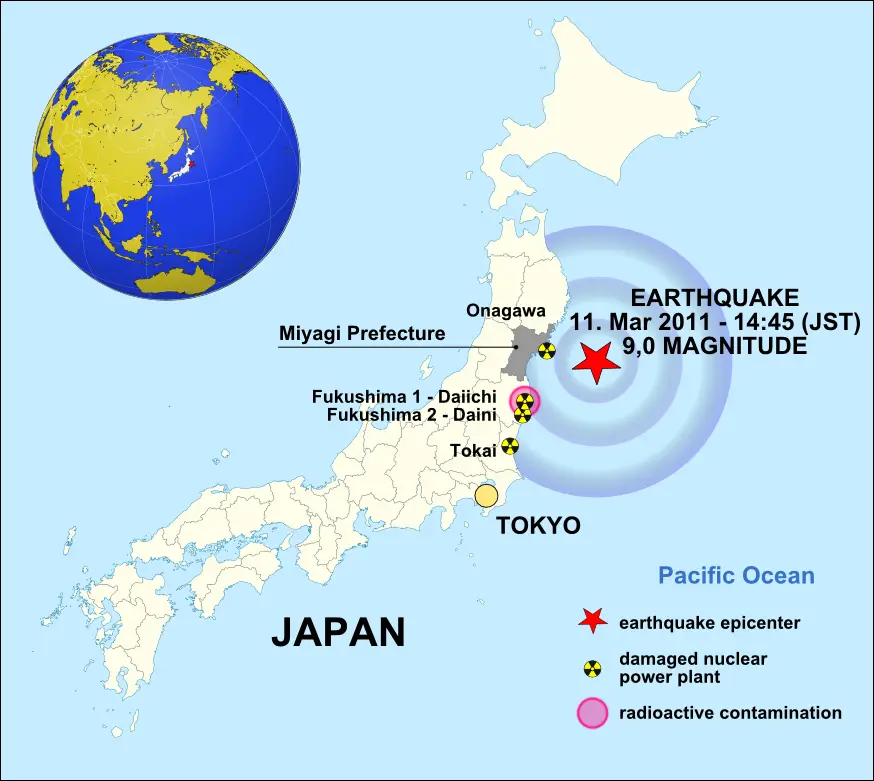1. Introduction
C-sections, or Cesarean sections, are a common surgical procedure that is used to deliver a baby. In Japan, C-sections are becoming increasingly popular and account for more than 30% of all births. This is significantly higher than the global average of 19%. In this article, we will explore the prevalence of C-sections in Japan and the factors contributing to their high rate. We will also discuss the impact of C-sections on maternal and infant health in Japan and explore government initiatives to reduce C-section rates in the country.
2. Overview of C-Section Rates in Japan
In 2019, the cesarean section rate in Japan was 33%, which is significantly higher than the global average of 19%. The rate has been steadily increasing since 2002 when it was just 24%. The highest cesarean section rate was recorded in 2017 when it reached 34%. The cesarean section rate varies greatly between prefectures, with some prefectures having rates as high as 40% while others have rates as low as 15%.

3. Factors Contributing to High C-Section Rates in Japan
There are a number of factors that have contributed to the high cesarean section rate in Japan. One factor is the preference for convenience among pregnant women who opt for elective cesarean sections over vaginal deliveries due to fear or discomfort associated with labor pain. Another factor is the lack of access to midwives or doulas who can provide support during labor and delivery which may lead women to opt for a cesarean section instead. Additionally, doctors may be incentivized financially to perform more cesarean sections due to higher fees associated with them compared with vaginal deliveries.
4. Impact of C-Sections on Maternal and Infant Health in Japan
C-sections can have both positive and negative impacts on maternal and infant health in Japan. On one hand, they can reduce risks associated with vaginal deliveries such as infection or injury during delivery. On the other hand, they can increase risks such as hemorrhage or infection after delivery due to complications from surgery. Additionally, some studies have found that babies born via cesarean section may be at an increased risk for asthma and obesity later in life compared with those born vaginally.
5. Government Initiatives to Reduce C-Section Rates in Japan
The Japanese government has taken several steps towards reducing cesarean section rates in recent years including providing financial incentives for hospitals that reduce their rates below 30%. Additionally, hospitals are encouraged to provide pregnant women with information about natural childbirth options such as water birth or hypnobirthing techniques so that they can make informed decisions about their birthing options without feeling pressured into opting for a C-section unnecessarily.
6. Challenges Facing the Reduction of C-Section Rates in Japan
Despite these efforts by the Japanese government, there are still several challenges facing reduction efforts including cultural norms surrounding childbirth which encourage women to opt for convenience over safety when choosing their birthing method; lack of access to midwives or doulas who can provide support during labor; and financial incentives for doctors who perform more cesareans than vaginal births due to higher fees associated with them compared with vaginal deliveries.
7 Conclusion
In conclusion, Cesarean sections are becoming increasingly popular in Japan where they account for more than 30% of all births compared with 19% globally.There are several factors contributing to this trend including preference for convenience among pregnant women,lack of access to midwives or doulas,and financial incentives encouraging doctors to perform more Cesarian sections.The Japanese government has taken steps towards reducing Cesarian section rates but there are still several challenges facing reduction efforts including cultural norms surrounding childbirth,lack of access to midwives,and financial incentives encouraging doctors.
8 References
>
https://www.who.int/news-room/fact-sheets/detail/cesarean -section
https://www1.health.go.jp / kenkou _ seikatsu / en / news _ release / 20190507 _ 1.html
https://www1.health.go.jp / content / 100073462 html https://www1.health.go.jp / content / 100068477 html https://www1.health.go jp/content/100068478_html https://thejapan times com/news/nation al/20191101/c -section -rates -rise -in -japan -but -so -do -complications/ https://www1 health go jp content 100068478 html https://onlinelibrary wiley com doi abs 10 1111 1365 2656 11 02044 x http://wwwskepdic com hypnobirthing htm
9 About the Expert
Charles R Tokoyama is CEO & Founder at Japan Insiders – an online platform dedicated exclusively towards helping foreigners understand & experience Japanese culture & lifestyle like never before He has extensive knowledge on various aspects related Japanese culture & lifestyle & holds a degree from Waseda University Tokyo
What country has the highest rate of cesarean sections?
According to the latest statistics the country with the highest rate of caesarean section every year is Turkey.
Which countries have the lowest C-section rates?
In Europe, the highest CS rate was found in Romania (46.9 percent). The five countries with the lowest CS rate around the world belong to Africa: Chad (1.4 percent), Niger (1.4 percent), Ethiopia (1.9 percent), Madagascar (2 percent) and Cameroon (2.4 percent).
Do they do epidurals in Japan?
Its uncommon in Tokyo (and even less so in all of Japan) and not all hospitals can treat it. So if you want an epidural you need to make an appointment with a hospital that can do it right away because space is limited and they fill up quickly.
Why does Japan not have epidurals?
Why is the rate of epidural anesthesia so low in Japan? Many studies show that the Japanese value labor as a necessary step towards motherhood.
Why is epidural not given in Japan?
Some believe that not experiencing pain during childbirth interferes with the bond between mother and child. If a Japanese woman wants to have an epidural during labor she must give birth at one of the few private hospitals that provide epidural anesthesia. The pursuit of this option is still relatively rare in Japan today.
Why is the C-section rate so high in the US?
Studies show that doctors who perform cesarean sections actually pay higher cesarean section rates for pessary deliveries. And when these differences are reduced the cesarean section decreases.
